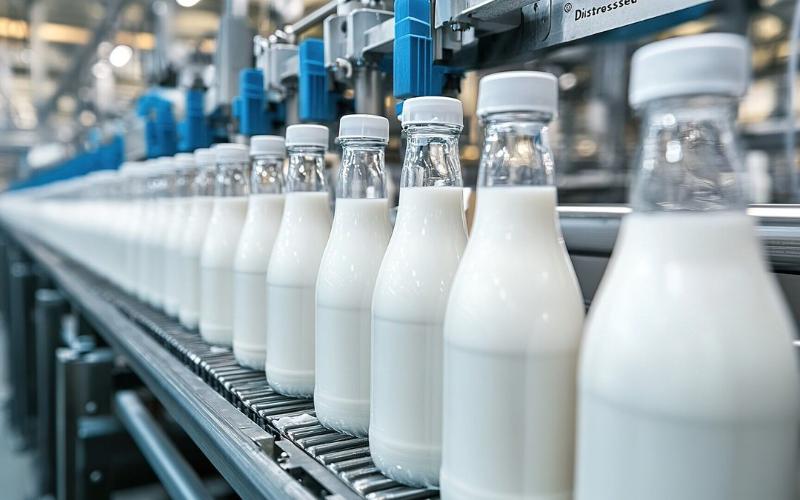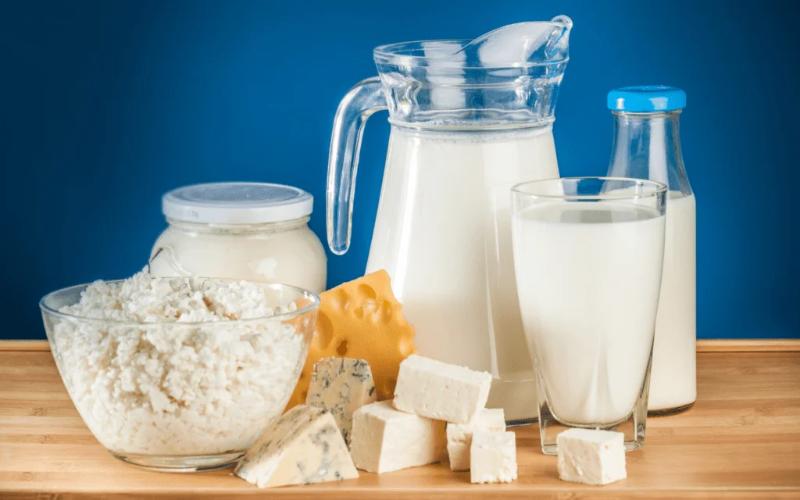Milk Production Faces Challenges Due to Drought and Tariffs

The Uruguayan dairy sector is currently facing considerable challenges due to a lack of rainfall, leading to difficulties in animal grazing and forage reserves. This has put significant pressure on milk production, as producers navigate decreased remission and international tariffs.
Impact of Drought on Milk Production
According to Justino Zavala, a director at the Association of Dairy Producers of Canelones, the absence of rain has hindered the production of animal feed. Crops like corn and sorghum are feeling the effects, complicating pasture conditions for livestock. While dairy animals primarily rely on semi-spring wells for water, which remain largely unaffected, the broader agricultural sector is experiencing strain, impacting the dairy industry's outlook.
Economic and Structural Struggles
Despite these climatic adversities, the initial half of the year could see positive outcomes due to potential improvements in international milk prices. However, Zavala highlighted long-standing structural problems within the industry, with Uruguay's production levels stagnant for years. He noted the decline in the number of dairy producers, seeing consistent exits from the sector, and labeled the situation at companies like Coleme as irreversible due to low milk shipments.
Sector Outlook
The Uruguayan dairy industry's future hinges on addressing these multifaceted challenges. While companies such as Conaprole are aiming to ramp up production, focusing on the primary sector, significant hurdles remain. The industry must grapple with climatic adversities, economic pressures, and structural issues to secure a sustainable path forward.














